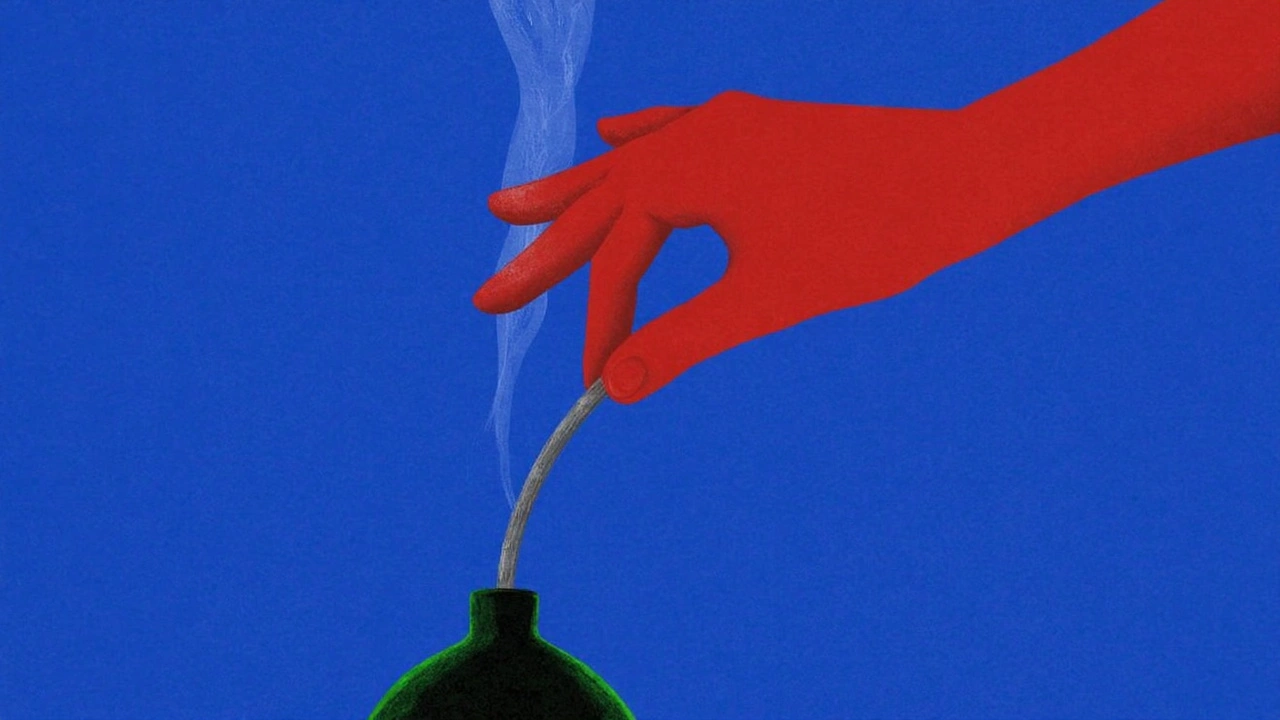What’s Really Going on with the Nuclear Deal?
If you’ve been hearing a lot about the nuclear deal in the news, you’re not alone. It’s one of those topics that sounds complex but really boils down to agreements between countries about nuclear weapons and energy. Let’s break it down so you get the essentials without the jargon.
The nuclear deal usually refers to a set of agreements aiming to control the spread of nuclear weapons while allowing peaceful nuclear programs to continue. It often involves strict rules, inspections, and timelines. Why? Because the world wants to make sure nuclear materials aren’t used for dangerous weapons while enabling reliable energy sources.
How the Nuclear Deal Affects International Relations
At its core, a nuclear deal is about trust and security between countries. When a deal is made, countries agree to limits and inspections to prove they’re sticking to their promises. This helps reduce tensions and the risk of conflict. But things get tricky when one side feels the other isn’t playing fair or if political changes shake things up.
For example, if a country backs out or violates the deal, it can cause a major ripple effect, leading to sanctions, diplomatic strains, or even military risks. That’s why ongoing talks and monitoring are so important. The deal acts like a safety net, but it needs constant care.
Why Should You Care About the Nuclear Deal?
You might wonder why this feels relevant to everyday life. Well, the nuclear deal influences global peace and stability, which affects economies, trade, and international cooperation. When countries work together to manage nuclear issues, it lowers the chance of conflicts that can disrupt everyday living.
Plus, the deal impacts energy policies. Many countries rely on nuclear power as a cleaner energy source. Agreements help ensure nuclear energy develops safely without spreading risks. So, it’s not just political talk—it ties directly into how nations power homes, industries, and adapt to climate challenges.
Understanding the nuclear deal helps you see how big-picture diplomacy plays out in real decisions that reach you, from international markets to security measures. It’s complex, sure, but breaking it down makes you smarter about what’s really happening behind the headlines.
Israel Considers Trump’s Iran Nuclear Deal as Tensions Simmer
As President Trump tries to revive a nuclear deal with Iran, Israel weighs whether a risky military strike is still on the table. With fears of a wider conflict, both sides wrestle between diplomacy and force, shaping the region's future. The stakes haven’t been this high in years.
Julian Parsons | Jun, 13 2025 Read More
